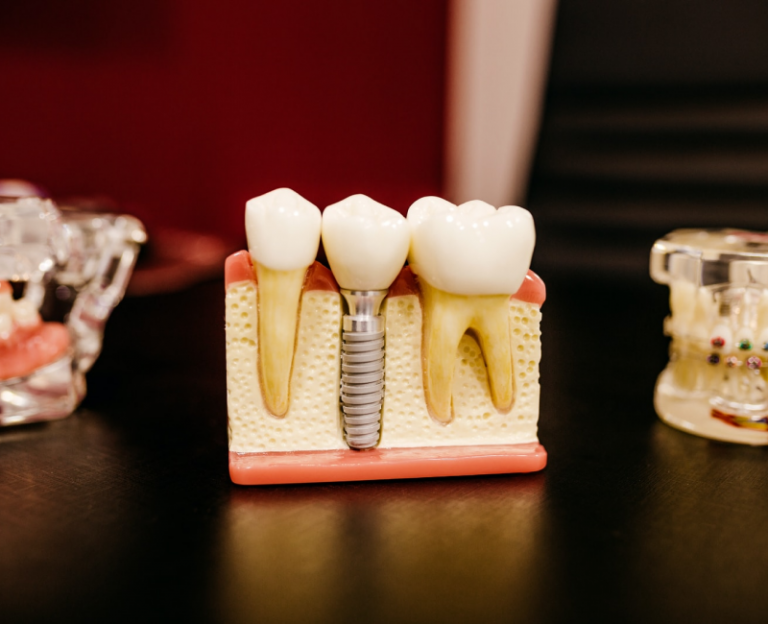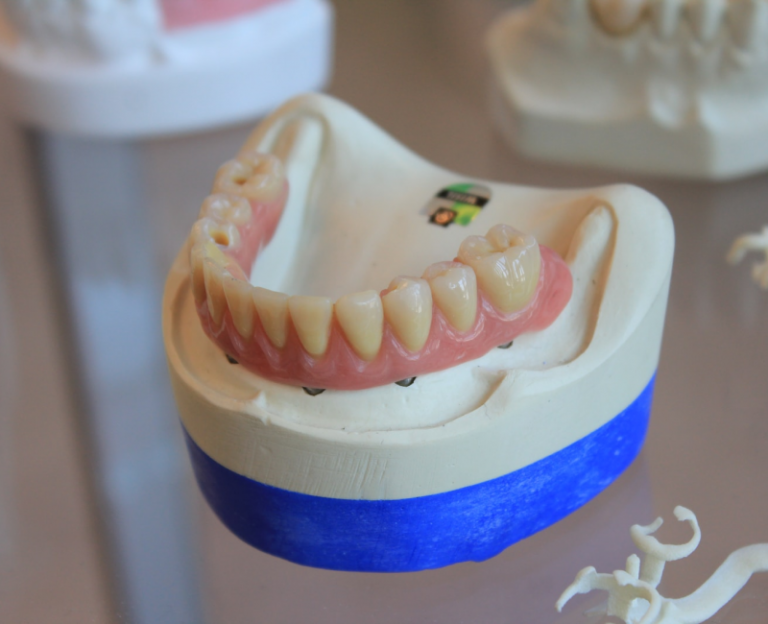Dental Bridges Woodbridge & Vaughan
Losing a tooth is not something many people want to deal with, yet it’s very common. Missing teeth is more than just a cosmetic issue. It brings a host of oral health issues such as difficulty in speaking, chewing, and chronic headaches. Also, missing teeth could heighten your risk of dental-related infections. The good news is that Pine Valley Dentistry offers dental bridges and other restorative dental procedures for patients with missing teeth.


Restore the Beauty of your Smile
Before the placement of a dental bridge, your dentist will first prepare the teeth adjacent to the gap that needs to be corrected. He or she will take the impression of the prepared teeth and send it to the lab for the development of conjoined dental crowns that look like your natural teeth. In the meantime, the dentist will place a temporary prosthesis on the gap.
Bone grafting is necessary to replace jawbone lost after you lost tooth or teeth. This process also promotes bone growth in that area of your jaw.


What’s a Dental Bridge?
A dental bridge literally bridges the gap created by a missing tooth. It is made up of two crowns for the teeth on either side of the gap (left by the missing teeth). These anchoring teeth are commonly known as abutment teeth, and the tooth between them is known as false tooth or teeth. The false tooth can be made from alloys, porcelain, gold, or a combination of recommended materials. Note that dental implants are supported by implants or natural teeth.
What are the Benefits of a Dental Bridge?
Having missing teeth can affect you in different ways. Dental bridges can correct some of those effects, including:
- Restoring and improving your ability to chew
- Restoring your smile
- Maintaining the shape of your face
- Preventing the remaining teeth from shifting out of the right position
- Restoring your speech
- Re-adjusting your bite to distribute their force when chewing effectively
Dental bridges are comfortable. They are also associated with a more natural function and aesthetics compared to removable options of replacing missing teeth. Dental bridges are ideal for patients who are not interested in implants and other surgical procedures.
Another benefit of dental bridges is the ease of placement. Our dentists can perform the procedure in just two visits. Additionally, dental bridges are an affordable restorative dentistry procedure. S
OUR CLINIC
Trusted Dental Tech
Pine Valley Dentistry is a reputable oral healthcare service provider in Vaughan, Woodbridge, Kleinburg, and other cities in Ontario, Canada. We offer a broad range of dental, therapeutic, and cosmetic oral care services to children, young adults, and seniors.Helping Canadians is what we do, but with compassion. We are dedicated to offering excellent dental care for you and your family.



